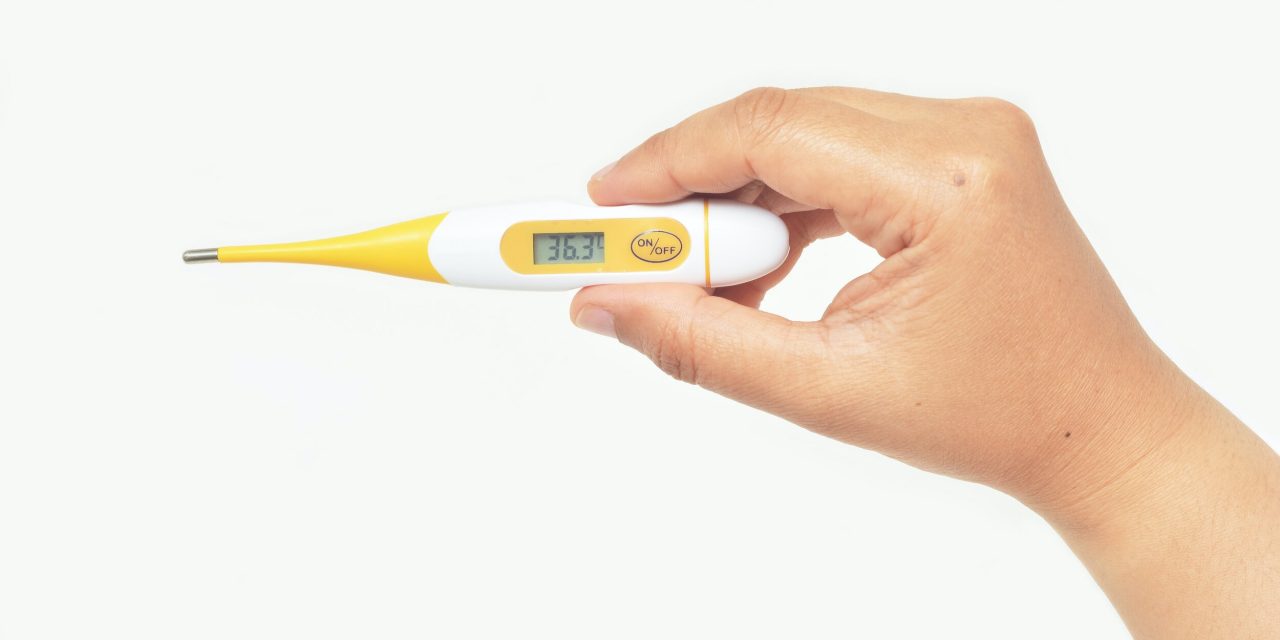Generally, when children have a fever, they feel warm to the touch. But simply placing your hand on your forehead to determine if you have a fever is not enough. To confirm that your child has a fever, use a thermometer and measure his body temperature. This can be done in several ways.
Types of thermometer
The easiest way to measure your child’s temperature is with a digital thermometer. You can get it at most pharmacies. There are other thermometers, including mercury thermometers, ear (tympanic), and pacifier-type thermometers.
Most glass thermometers contain mercury, which is toxic. DO NOT USE A GLASS THERMOMETER CONTAINING MERCURY.
If you only have access to a glass thermometer, be very careful when using it. If the thermometer is cracked or damaged in any way, do not use it. Even an undamaged glass thermometer can be a risk to your child. If you think your child may chew on the thermometer, do not use it to take a mouth temperature.
You can take your child’s Temperature in four places.
in the mouth
in the rectum
under armpit
In the earDo not use a rectal thermometer in your mouth or an oral thermometer in your rectum. Always wash the thermometer with soap and warm water before and after each use.
The best way to take a temperature depends on the age of the child.
The different ways to take body temperature are described below.
Newborns to 2 years
The most accurate way to measure the baby’s Temperature is by inserting a thermometer into the anus (rectal temperature). If not possible, use the armpit method.
Children from 2 to 5 years
For young children ages 2 to 5, the rectal temperature is also the most accurate. The Temperature in the ear or the armpit method can also be used.
Children over five years
For children over five years of age, take the Temperature in the mouth (oral method). The Temperature in the ear or the armpit method can also be used.
Oral temperature measurement
Oral temperature measurement is suitable for children old enough to hold the thermometer under their tongue and who no longer tend to chew on it. Make sure your child has not had a hot or cold drink 30 minutes before the temperature measurement.
Oral temperature measurement
Girl lying under a blanket while taking her Temperature in her mouth
To get an accurate reading, carefully place the tip of the thermometer under your child's tongue.
Ask your child to hold the thermometer in place by closing his lips completely. Make sure you don't bite down on the thermometer. If you cannot breathe through your nose, use one of the different methods described on this page.
If you are using a glass thermometer, leave it in your mouth for about three minutes. If you are using a digital thermometer, leave it in your mouth until you hear the signal.
Turn off the thermometer, wash the tip with soap and warm (not hot) water, and rinse with alcohol. Dry it well
If the child's temperature exceeds 37.5 ° C, he has a fever.A fever is considered when the oral Temperature is above 37.5 ° C (99.5 ° F).
Body temperature allows evaluating the efficiency of thermal regulation in the human body based on changes in environmental temperature and the intensity of the activity carried out.
Body temperature depends on environmental Temperature and physical activity conditions since approximately one-fifth of the total energy released during metabolism is used at work, and the rest is released as heat; This heat must be dissipated to maintain the proper temperature conditions in the human body. There are two types of temperatures, the core temperature (core: brain, great vessels, viscera, deep muscle, blood) remains constant.
The peripheral Temperature (skin, mucosa, muscles, extremities, etc.) is variable. A person’s average body temperature varies depending on their gender, recent activity, food and fluid intake, time of day, and, in women, the phase of the menstrual cycle they are in.
Average body temperature (Table 1), according to the American Medical Association, can range from 97.8 ° F (or Fahrenheit, equivalent to 36.5 ° C, or Celsius) and 99 ° F ( 37.2 ° C). It increases slowly throughout the day, reaching a maximum of 37.2 ºC (slightly more in some people) between 6 and 10 in the afternoon, and slowly decreases to a minimum at 2-4 in the morning. The Temperature is more labile in infants, and with intense physical exercise, there are usually significant increases in it.
3 to 5 years
98.6 ° F
37 ° C
Children 5 to 9 years
98.3 ° F
36.83 ° C
Children 9 to 13 years
98 ° F
36, 67 ° C
Children 13 years to adult
97.8 to 99.1 ° F
36.56 to 37.28 ° C
Table 1 Approximate average Temperature by age
Sites to obtain the Temperature
—Oral: Sublingual for approximately four minutes. The last intake must be taken into account; the minimum Temperature can be taken 15 minutes after ingestion. Oral Temperature can be measured in all patients except those unconscious, suffer from mental confusion, seizures, nose, mouth, or throat conditions, and children under six years of age.
—Rectal: Lubricate the thermometer and protect the privacy of the patient. The result tends to be 0.5 to 0.7 ° C higher than the oral Temperature. Rectal Temperature is recommended for patients under six years of age unless they have undergone rectal surgery or present some abnormality in the rectum.
—Axillary: It is recommended for adults and children over six years of age; the thermometer is left for five minutes. The result is 0.5ºC lower than the oral Temperature.
Thermoregulatory System
The human organism is homeothermic, which means that to maintain a constant body temperature within such narrow limits (from 36 to 37º C), it needs, in the face of significant rises in the outside Temperature, to set in motion a series of mechanisms of thermoregulation.
Faced with intense muscular exercise, critical physiological changes are produced aimed at lowering body temperature and which consist of redistribution of blood towards the skin (with loss of heat to the outside) and the muscles, with circulatory overload and increased heart rate; in the same way, when faced with a cold outside environment, there is an increase in blood flow through the skin with loss of heat. However, if the ambient temperature is equal to or higher than the body temperature, the only means to lower body temperature is evaporation through sweat. The fundamental objective is that the organism tries to cool itself in such circumstances.





